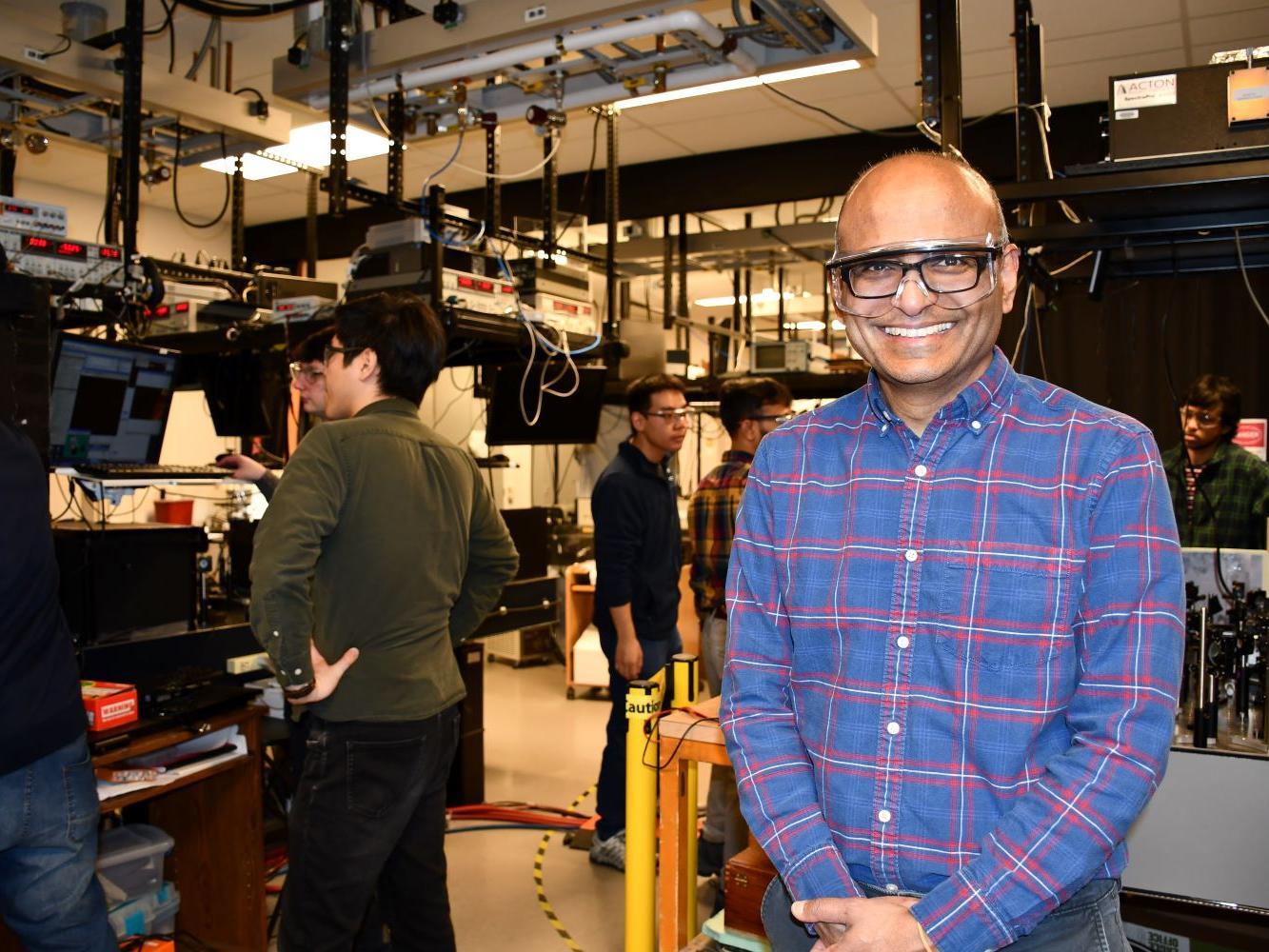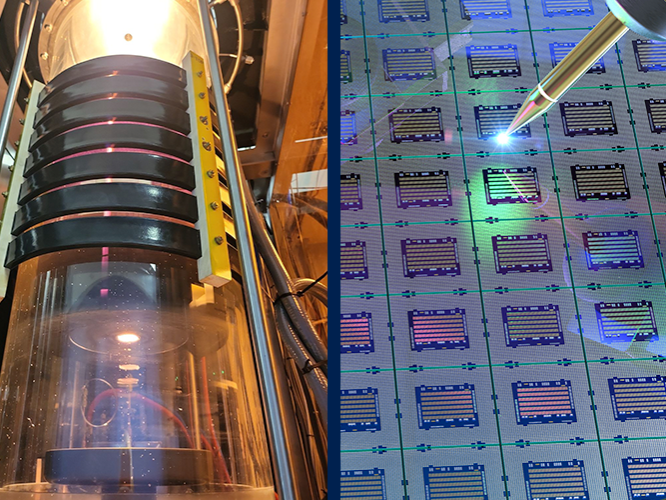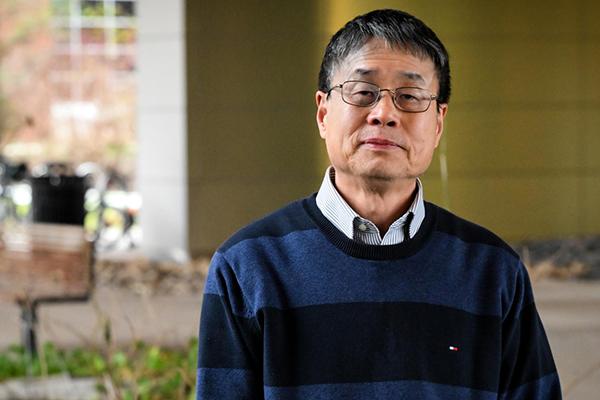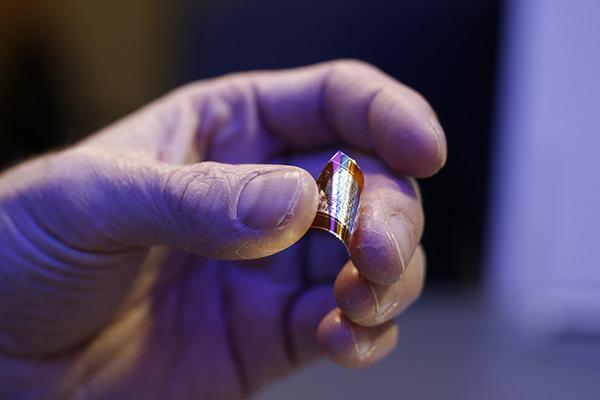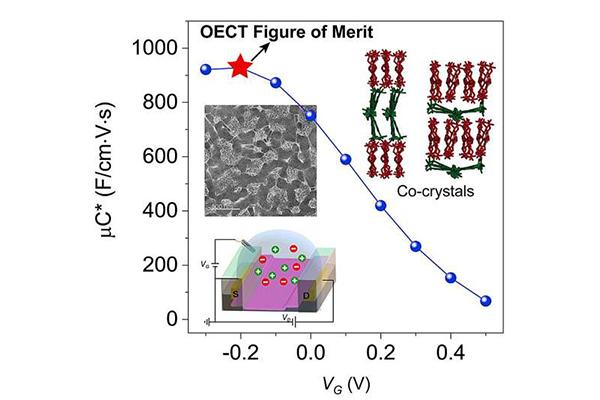New research suggests that materials commonly overlooked in computer chip design actually play an important role in information processing, a discovery which could lead to faster and more efficient electronics. Using advanced imaging techniques, an international team led by Penn State researchers found that the material that a semiconductor chip device is built on, called the substrate, responds to changes in electricity much like the semiconductor on top of it.
Known for its ability to withstand extreme environments and high voltages, silicon carbide (SiC) is a semiconducting material made up of silicon and carbon atoms arranged into crystals that is increasingly becoming essential to modern technologies like electric vehicles, renewable energy systems, telecommunications infrastructure and microelectronics.
The second 2024 Richard E. Tressler Lectures in Materials will be held at 3:05 p.m. Thursday, March 28, in 111 Wartik Laboratory on the Penn State University Park campus. Jennifer Lalli, president at NanoSonic Inc., will deliver the lecture “A Penn State polymer chemist’s role in the commercialization of green nanotechnology.”
The Inamori School of Engineering, Alfred University, will host the annual Samuel R. Scholes Award Lecture on April 4, 2024 Dr. John C. Mauro will give a lecture entitled "There and Back Again: A Journey in Glass" in Holmes Auditorium, Harder Hall at 11:20 a.m.
The National Academy of Inventors (NAI) named Qiming Zhang, distinguished professor of electrical engineering in Penn State’s College of Engineering, a fellow — the highest professional distinction awarded to academic inventors.
Silicon has long reigned as the material of choice for the microchips that power everything in the digital age, from AI to military drones — so much so that “silicon” is almost a synonym for tech itself.
The scientific community has long been enamored of the potential for soft bioelectronic devices, but has faced hurdles in identifying materials that are biocompatible and have all of the necessary characteristics to operate effectively. Researchers have now taken a step in the right direction, modifying an existing biocompatible material so that it conducts electricity efficiently in wet environments and can send and receive ionic signals from biological media.
Moore's Law, a fundamental scaling principle for electronic devices, forecasts that the number of transistors on a chip will double every two years, ensuring more computing power — but a limit exists.
If you have a deep-seated, nagging worry over dropping your phone in molten lava, you’re in luck.
A research team led by materials scientists at Duke University has developed a method for rapidly discovering a new class of materials with heat and electronic tolerances so rugged that they that could enable devices to function at lava-like temperatures above several thousands of degrees Fahrenheit.
Penn State has been selected by the Department of Defense (DoD) as a partner for two of the four newly created DoD research centers of excellence. The DoD awarded a total of $40 million to establish the four centers at Historically Black Colleges and Universities (HBCU) and Minority-serving Institutions (MI), which will conduct research over a five-year period in technology areas deemed critical by the DoD.


